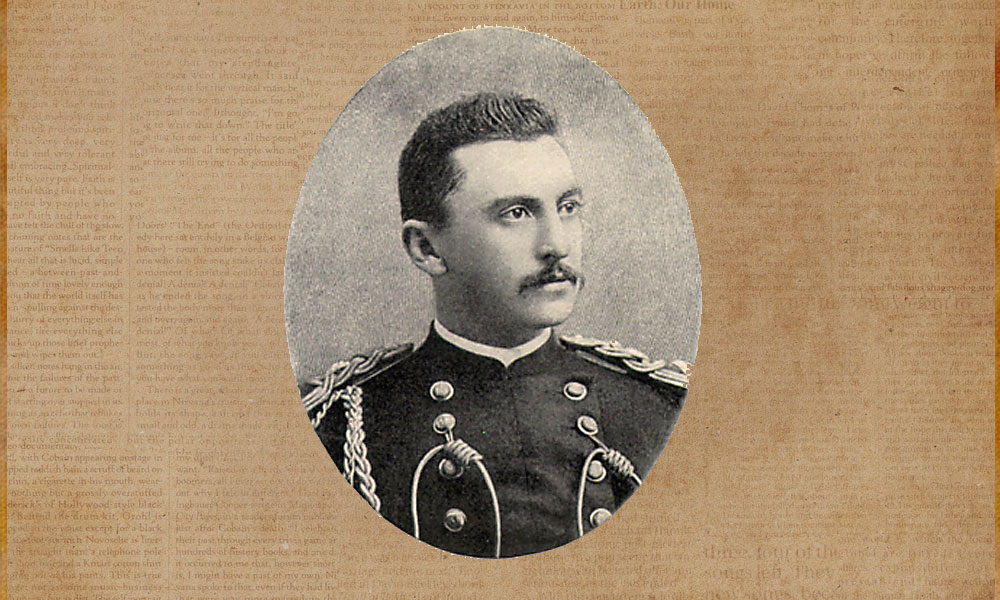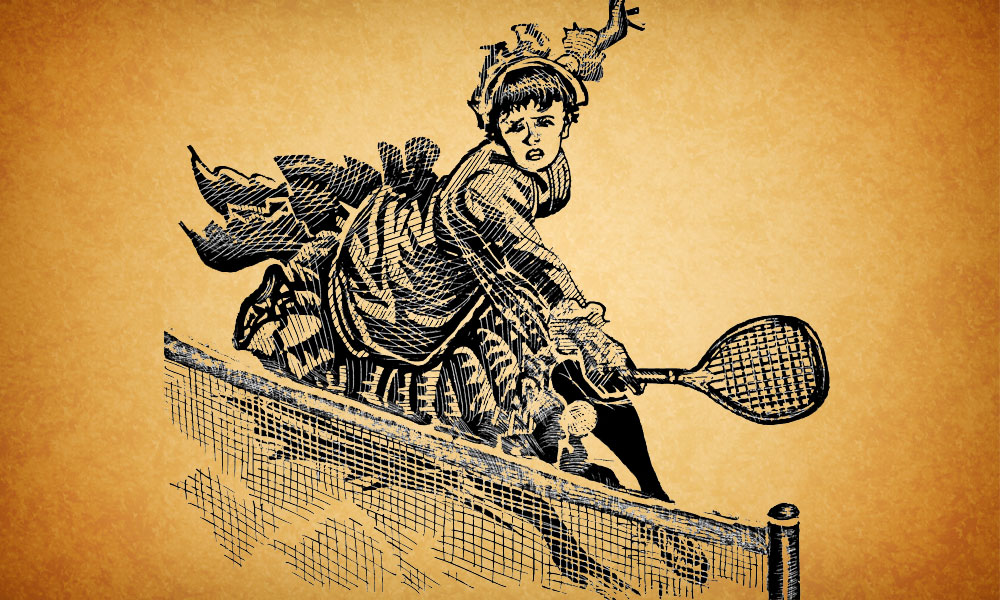
William “Buckey” O’Neill is one of those western heroes who has a long list of accomplishments behind his name: lawyer, judge, miner, school superintendent, gambler, mayor of Prescott, sheriff, and a Teddy Roosevelt Rough Rider who gave his life in 1898 fighting against Spain. He is honored in Arizona with a bronze statute in the courthouse plaza of Prescott, and is remembered as “a damn fine fellow” by his biographer, Ralph Keithley. O’Neill led the First U.S. Volunteer Cavalry in the Spanish-American War when Arizona was still a territory, hoping it would help earn statehood. His famous epitaph on his gravestone reads, “Who would not die for a new star on the flag?” But there’s one O’Neill accomplishment that usually is overlooked—his fight for a woman’s right to vote.
Before he went off to war, O’Neill—probably with the encouragement of his suffragette wife, Pauline—helped usher a bill through the territorial legislature in 1897 to allow women to vote in municipal elections. Women in the territory had been allowed to vote in school elections since the 1860s, but this was the first expansion of voting rights since then. Several times, suffragettes had thought they would get the vote, but it was always thwarted by men who thought women incapable of making such important decisions and the saloon industry that feared women would vote the state dry. But O’Neill got around that, convincing his Populist friends in the legislature to pass the bill. Governor Nathan O. Murphy signed it into law. Women’s advocates were ecstatic. But before they had the chance to vote, the new law was derailed—the territory’s high court in 1899 ruled it was improperly worded, giving the right to all taxpayers, including minors, aliens, felons and incompetents. By then, O’Neill had been killed in the war. In a 1910 letter to national suffragette leaders, Arizona’s suffrage president Frances Willard charged that either “gross carelessness or intentional fraud” killed the law and lamented O’Neill’s demise. “…had Mr. O’Neill lived we feel sure that he would have straightened out the tangle for us.” As it was, Arizona women wouldn’t get the vote until the first election after statehood in 1912.






